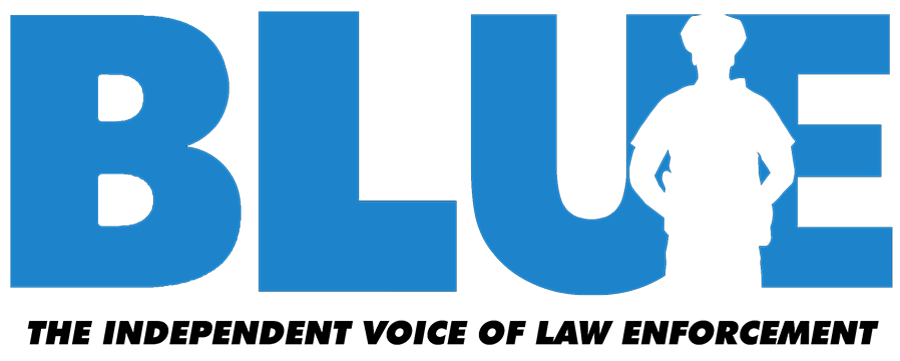Reopening America: the economy and health crisis
/Reopening America requires a balance of economic & health needs
By: Robert Foreman
The COVID-19 pandemic has essentially shut the American economy down and put the majority of us on what amounts to ‘house arrest’. The stay-at-home restrictions that have been put in place were designed to flatten the curve and slow the spread of COVID-19. While those measures appear to be working, to some degree, the unintended consequence is that millions of Americans are losing their jobs and numerous small businesses are being forced to shut their doors forever. It has become obvious that the economy can’t stay on pause forever because that will just amount to a self-inflicted recession.
Presently, over 26 million Americans have lost their jobs and have filed for unemployment benefits. While the government has begun to send out $1200.00 stimulus checks, that money is not nearly enough to help people pay for food, rent, utilities and so forth in the months ahead. Additionally, many of the people that have been laid off, or furloughed, have also lost the health benefits that came with those jobs. It’s safe to say that being without health insurance during a pandemic is not an ideal scenario.
Economists are estimating that the jobless rate is between 15% and 20%, a number that was last seen during the early stages of The Great Depression. Already, we are seeing jobless Americans around the country lining up to receive food and other additional aid. New York, California, Georgia, Florida, and Texas are among the states who have reported the highest number of jobless claims. So, it is understandable that many people are clamoring for the economy to get back on track and a sense of normalcy to return.
Yet, it cannot be forgotten that we are still in the midst of a global pandemic and the United States currently has the highest number of reported COVID-19 cases in the world. True, COVID-19 is not an automatic death sentence, but it is still a health crisis that can slow the economy with people becoming sick and quarantined. So, reopening the economy has to be done with public safety in mind. While researchers scramble to find a vaccine, there are nowhere near enough COVID-19 tests to identify those who have been exposed to it. So, we can’t just swing open the doors to the economy without balancing it out with safety measures that will continue to slow the spread of the virus.
Many of the health restrictions that were put in place were done gradually as the number of cases mounted, so those restrictions should slowly be lifted as the number of cases decreases. As businesses begin to reopen they should start off with limited capacity, while maintaining health guidelines for customers and employees. If the number of new cases remains low then more restrictions should be lifted. Ideally, we would all love to go back to complete normalcy tomorrow, but that is unlikely to happen.
COVID-19 has created an unusual economic crisis for the country. On one hand, you have people that are frustrated with the restrictions, but don’t feel confident that enough has been done to keep them healthy. On the flip side, there are people who are like ‘COVID-19 be damned’, they want to go back to work, shop and get back to their lives. Ultimately, the only way to get the economy thriving again is to ensure that the American people have confidence in not only the economy, but for the health of themselves and their families. America is the greatest superpower in the world. We should be able to walk and chew gum by addressing both our economic and health needs simultaneously. We don’t have to choose between economic recovery and public health; both are equally important.










